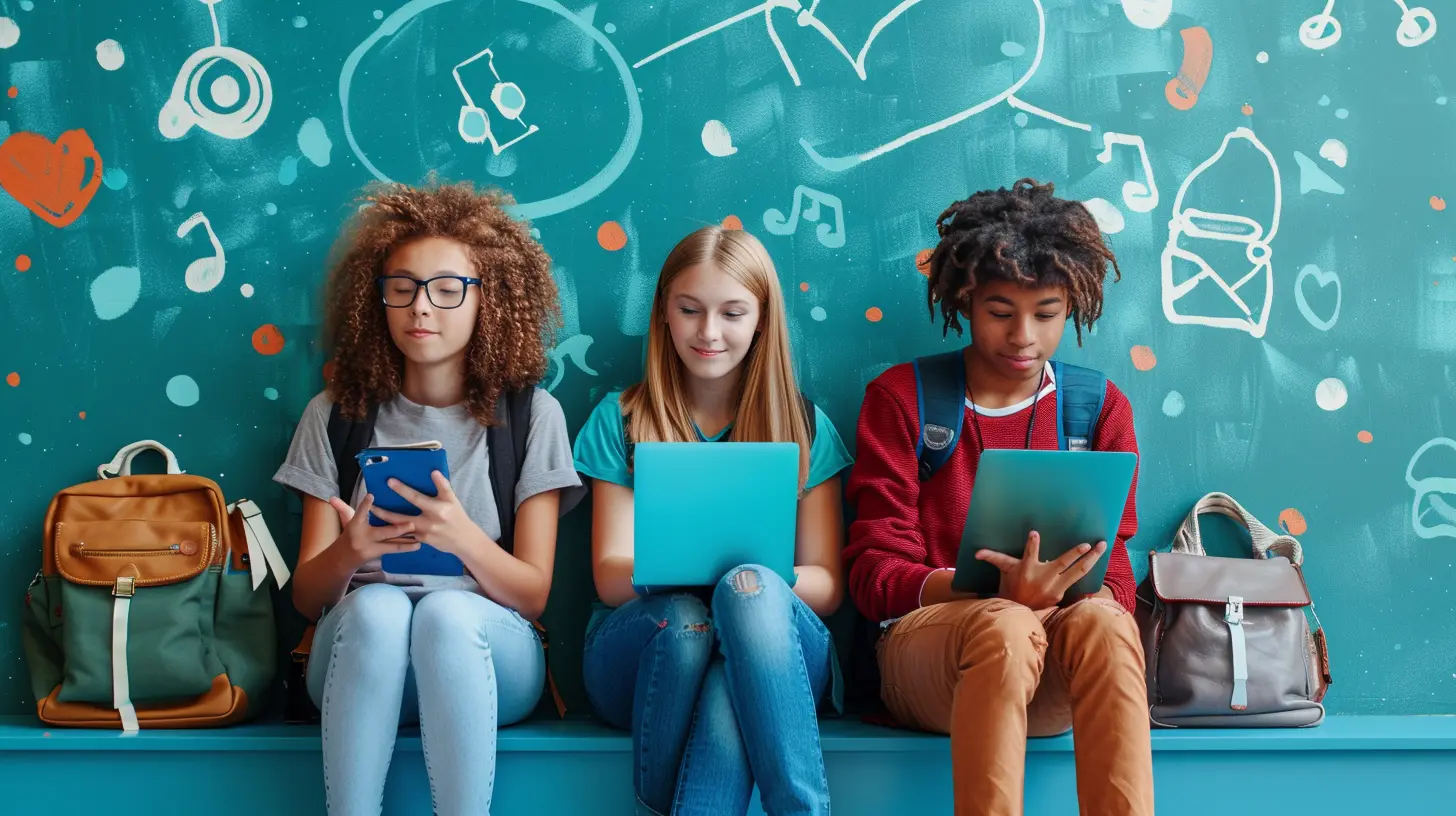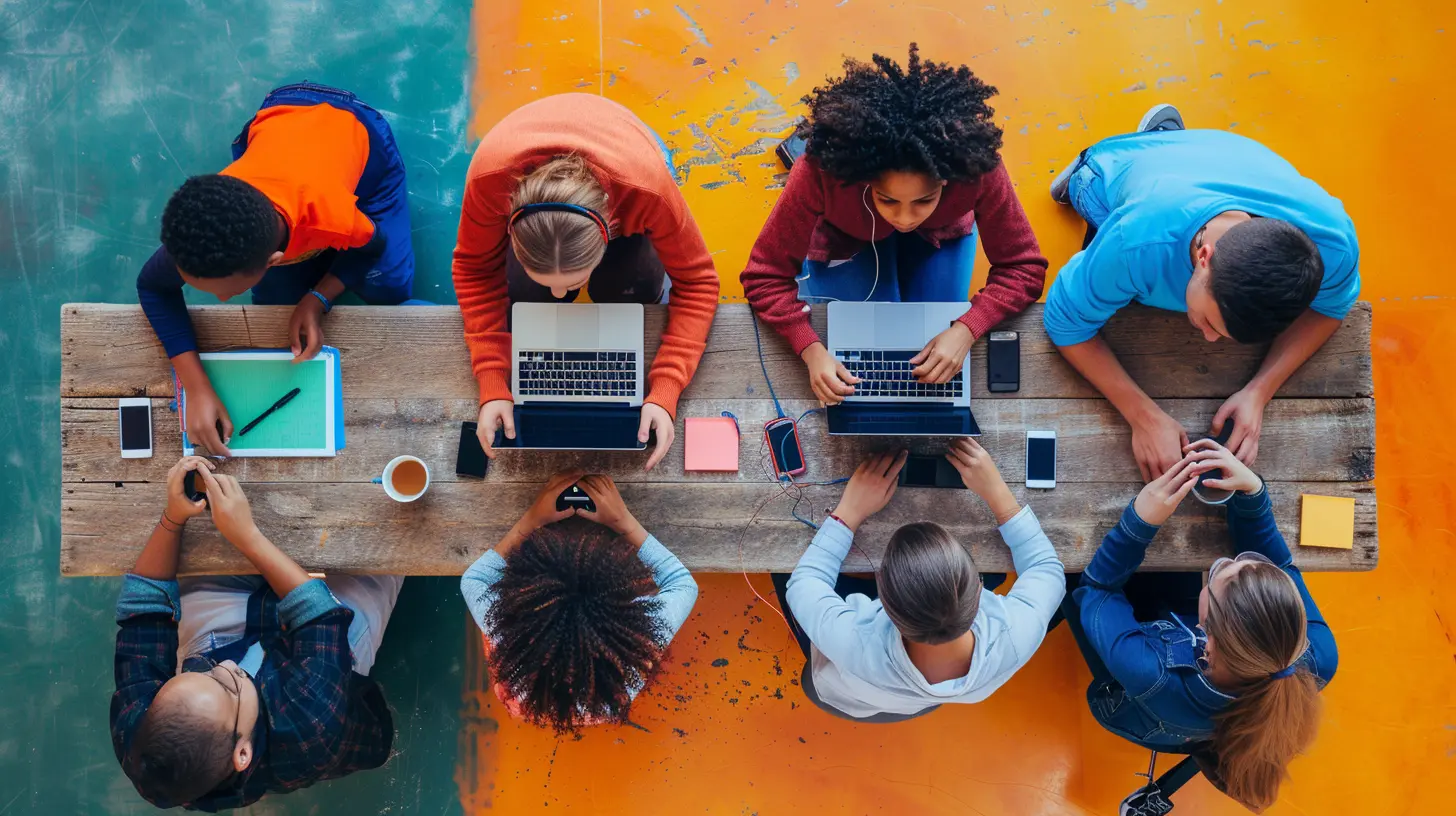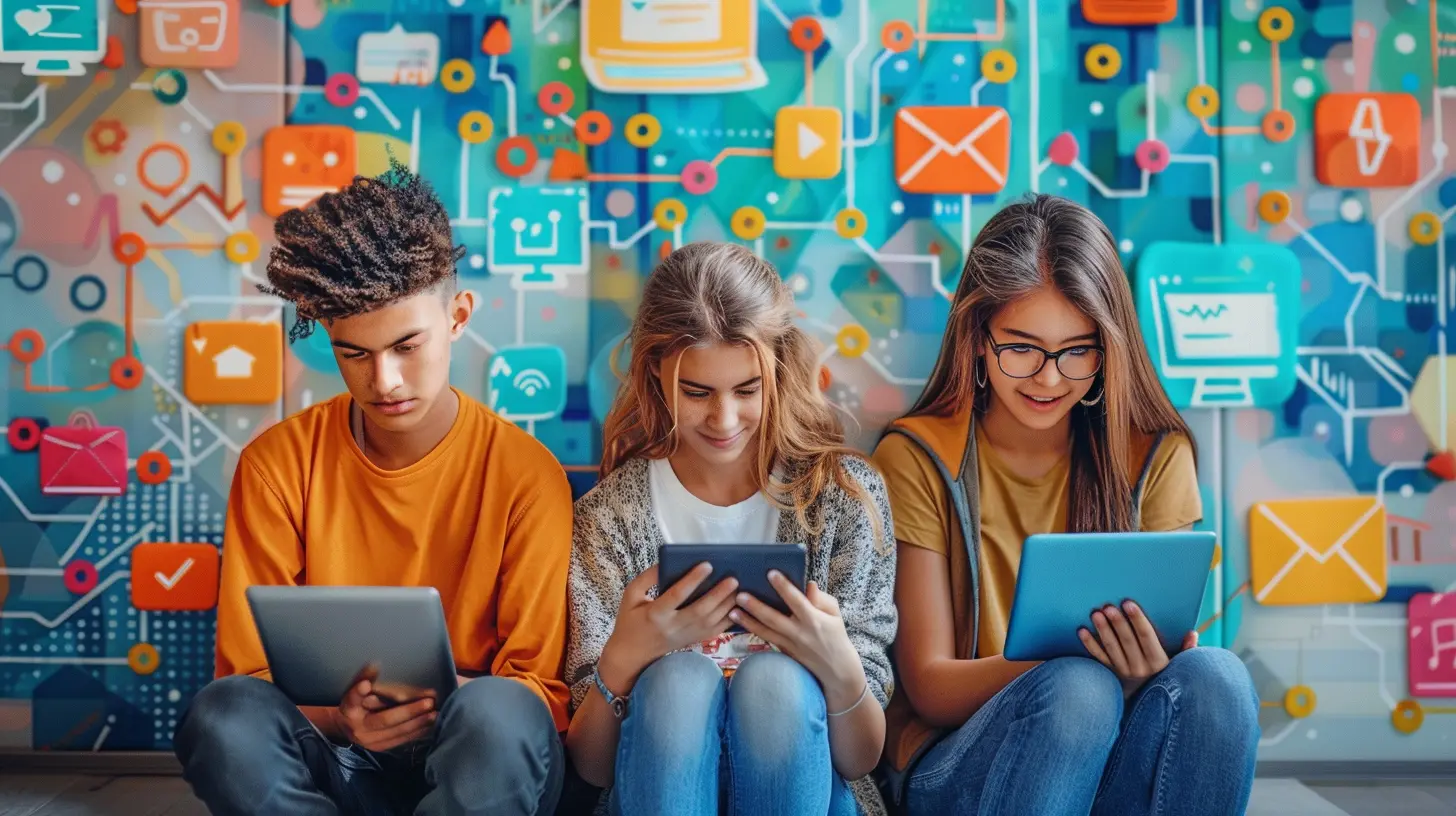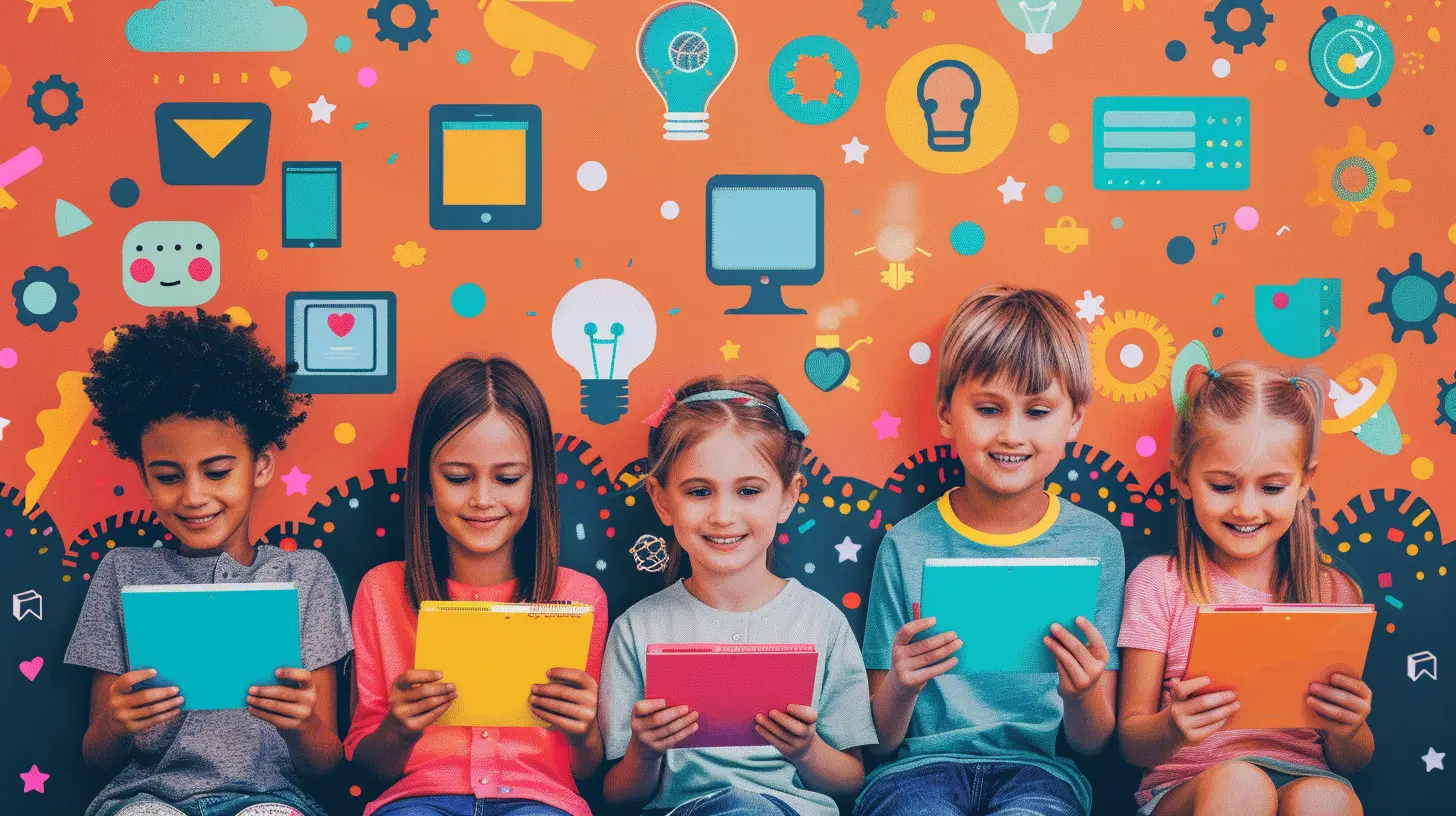Using Technology to Motivate and Engage Students
21 July 2025
Technology has transformed nearly every aspect of our lives, and education is no exception. From smartboards in classrooms to interactive learning apps, technology is reshaping how students learn and engage with their studies. But how can we use technology effectively to keep students motivated and involved? In this article, we'll explore some powerful ways technology can enhance student engagement and motivation, making learning an exciting journey rather than a boring chore.
The Importance of Student Engagement
Let’s be real—sitting in a classroom for hours, listening to a lecture, and taking notes can get dull for students. Without engagement, learning becomes passive, and students may struggle to retain information. This is where technology comes in like a superhero, ready to save the day.Engaged students are more likely to participate, ask questions, and develop a deep understanding of the subject matter. When students are motivated, they take ownership of their learning, leading to better academic performance and lifelong learning habits.
So, how exactly can technology help with that? Let’s dive in! 
1. Interactive Learning Through Gamification
Who doesn’t love playing games? Gamification takes the elements of gaming—competition, rewards, and levels—and applies them to learning. This method has been proven to increase engagement and motivation by making education fun and interactive.How Gamification Motivates Students:
- Instant Feedback – Games provide immediate responses, allowing students to learn from mistakes and improve.- Achievement & Rewards – Badges, leaderboards, and progress bars encourage students to push themselves.
- Friendly Competition – Competing with classmates increases excitement and engagement.
Examples of Gamified Learning Tools:
- Kahoot! – A quiz-based game that makes learning fun and interactive.- Duolingo – Uses gamification to teach new languages with levels and streaks.
- Classcraft – Turns learning into an adventure with RPG-style challenges.
By integrating gamification into lessons, educators can make subjects more enjoyable, leading to better focus and retention. 
2. Personalized Learning with AI and Adaptive Technology
Every student is unique, with different learning styles, paces, and strengths. Traditional classroom settings often struggle to cater to individual needs, but technology solves this problem with personalized learning through artificial intelligence (AI) and adaptive learning platforms.How Personalized Learning Helps:
- Customized Content – AI-powered platforms analyze students’ performance and adjust lessons accordingly.- Flexible Pacing – Students can learn at their own speed, reducing frustration.
- Targeted Feedback – Instant, tailored feedback helps students understand where they need improvement.
Popular Personalized Learning Tools:
- Khan Academy – Adjusts to each student’s skill level, offering personalized exercises.- DreamBox – A math-learning platform that adapts to individual needs.
- Smart Sparrow – Provides customized lessons based on student responses.
With personalized learning, students feel valued and supported, making education a more enjoyable and effective experience. 
3. Increasing Collaboration with Digital Tools
Remember group projects? While they can be a headache at times, collaboration is a crucial skill for both academic and real-world success. Thanks to digital tools, students can now collaborate more efficiently than ever before, whether they are in the same classroom or halfway across the world.Key Benefits of Digital Collaboration:
- Improved Communication – Students can share ideas anytime, anywhere.- Enhanced Creativity – Working together on digital platforms fosters creativity.
- Equal Participation – Quiet students who may hesitate to speak up in class can contribute online.
Best Digital Collaboration Tools:
- Google Classroom & Docs – Allows real-time editing and team work.- Microsoft Teams – Perfect for group discussions and collaborative assignments.
- Padlet – An interactive board for brainstorming and sharing ideas.
By incorporating digital collaboration tools, students develop teamwork skills while staying engaged in the learning process.
4. Using Virtual Reality (VR) & Augmented Reality (AR) for Immersive Learning
Imagine learning about the solar system by actually stepping into space. Sounds like science fiction? Not anymore! Virtual reality (VR) and augmented reality (AR) are bringing subjects to life, making education an immersive experience.How VR & AR Engage Students:
- Hands-On Learning – Students can explore historical landmarks, dissect virtual frogs, or walk through ancient civilizations.- Increased Retention – Interactive experiences improve memory retention.
- Exciting & Fun – Turning lessons into adventures boosts enthusiasm.
Cool VR & AR Tools for Education:
- Google Expeditions – Lets students take virtual field trips around the world.- Merge Cube – A handheld AR device that brings science lessons to life.
- Tilt Brush – A VR tool for creating 3D art and visualizing concepts.
By making learning interactive and immersive, VR and AR transform classroom experiences into unforgettable journeys.
5. Enhancing Engagement with Multimedia Content
Let’s face it—long blocks of text can be daunting. Today’s students are used to consuming information in dynamic ways, whether it’s videos, podcasts, or infographics. Incorporating multimedia content in lessons keeps students interested and engaged.Why Multimedia Works:
- Caters to Different Learning Styles – Some students learn best through visuals, while others prefer audio or hands-on activities.- Breaks the Monotony – Switching up teaching methods prevents boredom.
- Encourages Creativity – Students can create their own videos, podcasts, or presentations.
Useful Multimedia Tools:
- YouTube & TED-Ed – Provide educational videos on almost any topic.- Canva – Helps students design infographics and presentations.
- Anchor – Allows students to create and publish their own podcasts.
By embracing multimedia, educators can capture students' attention and make lessons more engaging and enjoyable.
6. Encouraging Independent Learning with Mobile Apps
Mobile apps aren’t just for social media and games—they can be powerful educational tools too! With a smartphone or tablet, students have access to a world of knowledge right at their fingertips.How Educational Apps Help:
- On-the-Go Learning – Students can learn anytime, anywhere.- Self-Paced Study – Allows students to progress at their own speed.
- Interactive & Fun – Gamified features make learning enjoyable.
Must-Try Educational Apps:
- Quizlet – A great tool for studying with flashcards and quizzes.- BBC Bitesize – Offers bite-sized lessons for various subjects.
- Coursera & Udemy – Provide courses from top universities and educators.
With educational apps, students can take learning beyond the classroom, fostering curiosity and independence.
Final Thoughts
Technology is not just a gadget or a tool—it’s a game-changer in education. Whether through gamification, personalized learning, collaboration tools, or interactive experiences, technology has the power to motivate and engage students like never before.The key? Using it wisely. The right balance between technology and traditional teaching methods can create an enriching learning experience that keeps students excited, curious, and eager to learn.
So, whether you're a teacher looking to spice up your lessons or a student searching for new ways to stay engaged, embrace technology—it’s here to make learning more fun and effective!
all images in this post were generated using AI tools
Category:
Student EngagementAuthor:

Zoe McKay
Discussion
rate this article
1 comments
Joel Rogers
This article effectively highlights how technology can enhance student motivation and engagement. Practical examples and strategies make it a valuable read for educators looking to innovate.
August 17, 2025 at 4:25 AM

Zoe McKay
Thank you for your feedback! I’m glad you found the article useful and that the examples resonated with you.


